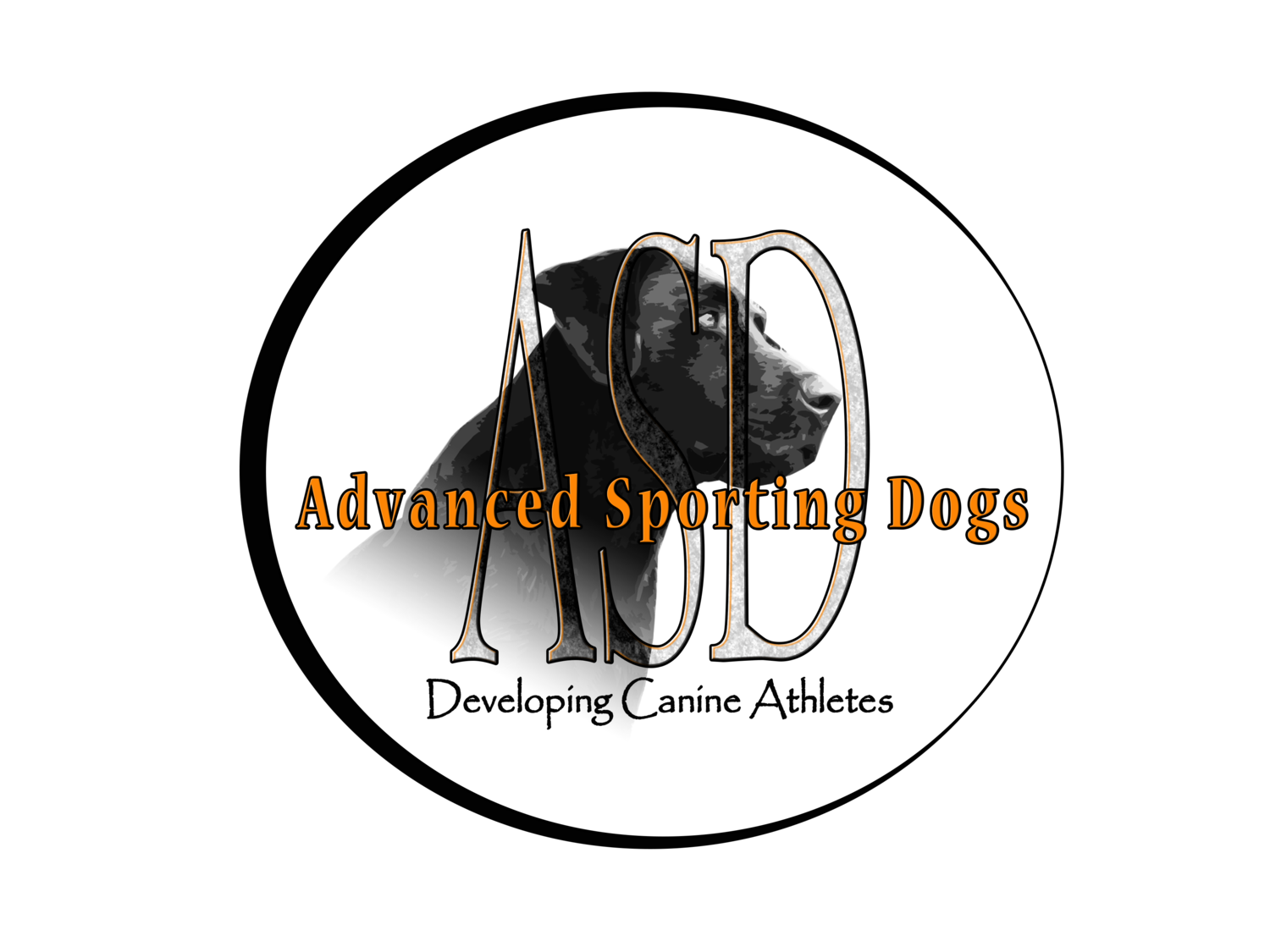ASD advocates for training your own dog.
Today there are plenty of books and videos that can make training on your own very effective. And, more importantly, there are plenty of benefits to training your own dog.
But there are many obstacles to overcome. Training dogs with strong drive and good instinct to a high level is not an easy process. The very thing that makes them quality athletes in the field is what makes training difficult. It takes patience and control, creativity and improvisation, and a fundamental understanding of canine behavior. Let's not forget it also takes space (property), tools & equipment, and most of all... time.
Knowing when it's time for professional guidance is important. Neglecting to get that guidance can be detrimental and a once-strong training routine could fall to pieces.
When to Call a Professional Trainer
Let a Pup be a Pup:
The first couple of months that your pup is at home is a critical period in that dog's life. ASD does not advocate for nor implement training programs for these young dogs but it is a good idea to pick our brain before your pup arrives home or just afterwards.
For some, this may be your first pup, or rather, your first pup that you intend on training. For others, you may have had several field dogs before. Either way, there are things that you may have forgotten, things that you may want to do differently this time around, or don't have a clue what's important at this stage of the game.
Obedience
Without obedience, your training regimen, if its gotten anywhere at all, will likely fall apart sometime in the future. Just how important is it? ASD incorporates obedience training into ALL phases of training! If you find that you have to give a command 3 or 4 times, your dog complies but shortly dismisses himself, or you just never formalized obedience in the first place... give us a call. We can help.
E-Collar Conditioning / The Conditioned Retrieve / Force-Breaking
E-Collars are very effective in the right hands... and very effective at ruining a dog in the wrong hands. E-collars are superb long-range tools for reinforcing learned behaviors. They are not teaching tools. We recommend that before you choose to collar condition your dog that you consult with a pro about the do's and dont's of e-collars.
Force-Fetch or Force-Break is often misconceived as abuse. This is not the case and there is plenty of literature available to the public on the process, the pros, and the cons. Force-fetching is process that is made up of several components and/or steps with clear goals. It requires a lot of dedication, patience, and time.
At ASD we highly recommend this for all of our sporting dogs. Therefore we recommend that you contact us if:
- You have questions about the process,
- You can't decide if it's right for your dog,
- You are willing to try it yourself and need help, and/or
- You would like to have your dog exposed to this training but don't want to do it yourself.
Training Obstacles & Bad Habits
Generally anything that gets in the way of your dog performing to your standards and goes beyond your working knowledge is a reason to call ASD. Training a competitive field dog can be difficult, especially when going beyond the basics. And it may not necessarily be a lack of knowledge or expertise that is your obstacle; it could be lack of time, equipment or other resources (like helping hands). Here are some common phases of training where a professional can help you over an obstacle:
Intermediate and Advanced fieldwork
- Handling and Cold Blinds
- Multiple Marks
- Diversions/Distractions
- Water work
- Steadiness
- Honoring
- Ranging
Bad Habits
- Gunshyness
- Poor Mouth Manners / "Hard-Mouth"
- Poor Obedience













